Allen-Bradley Ethernet cable (network)
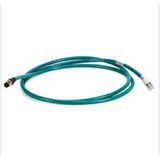
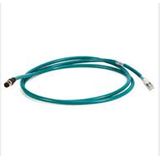
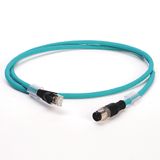
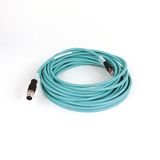
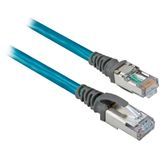
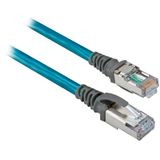
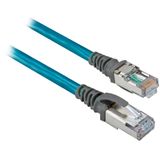

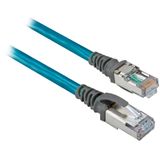
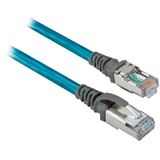

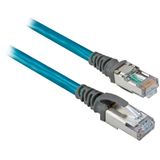
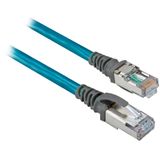
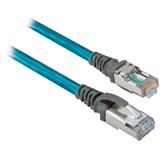
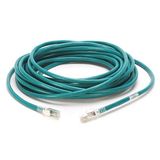
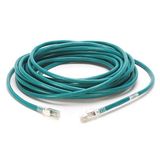
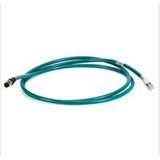

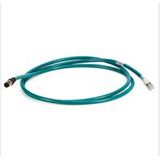
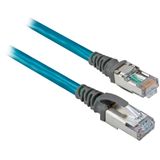
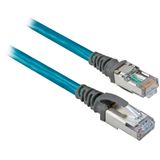

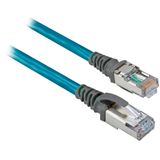
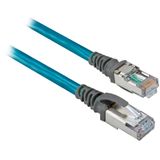
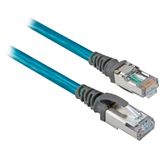
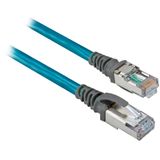

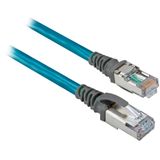

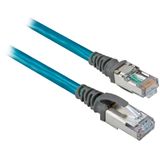
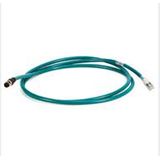

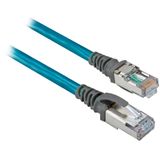

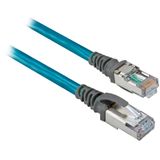
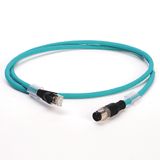


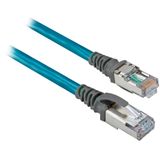

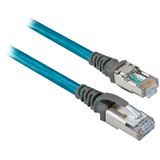

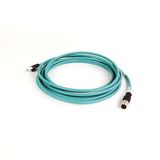
In modern automation systems, the physical layer often becomes a weak link if not planned carefully. When I advise design and procurement teams, one recurring issue is mismatched or underspecified cabling—leading to intermittent errors, signal dropout, or noise coupling. That’s exactly where Allen-Bradley ethernet cables (and associated lan, patch, industrial, M12, shielded variants) become a crucial category in the bill of materials. For PLC, SCADA, motion control, and segmented network architectures, choosing the right cable ensures deterministic performance, robust signal integrity, and maintainability.
As an experienced electrical/control engineer, I view these Allen-Bradley network cables not just as “wires” but as integral components of the communication path. Their mechanical ruggedness, shielding performance, connector design, and compatibility with industrial switches or devices define reliability in harsh environments (electrical noise, chemical vapors, temperature swings). In procurement contracts, the difference between “just enough” and “future-proof” cabling can manifest in system availability metrics, especially on 24/7 production lines.
Below I walk you through the design attributes, use-case instances, procurement criteria, and distribution considerations specific to this cable family.
Technical Characteristics and Key Parameters
Below is a consolidated list of parameters you should compare when ordering Allen-Bradley LAN and Ethernet cables. These are the decision axes I repeatedly use when validating lineups:
- Conductor Type & Gauge
Typically solid or stranded copper, AWG sizes from 22–26 for patch leads, up to 23 or 24 AWG for Cat6 trunk cables. - Pair Twisting & Pair Count
2 pair (4 conductor) vs 4 pair (8 conductor) designs. For gigabit or higher, full 4-pair twisting is required. - Cable Category (Cat5e, Cat6, Cat6A, Cat7, etc.)
Determines bandwidth, crosstalk, return loss, insertion loss, and headroom above standard requirements. - Shielding Type
Options include UTP (unshielded), F/UTP (overall foil), S/FTP (foil + braided shield per pair), etc. Shielding is especially critical in industrial environments. - Connector Style and Termination
- RJ45 plug, straight or angled
- M12 D-coded or X-coded modular connectors for devices/sensors
- Ruggedized twist-lock or robotic-grade connectors
- Jacket Material & Environmental Ratings
PVC, LSZH (Low Smoke Zero Halogen), PUR (Polyurethane) or TPE; UV resistance, oil/grease resistance, mechanical bending cycles, temperature range (e.g. –40 °C to +80 °C) - Length & Preassembly Options
Standard pre-terminated lengths (0.3 m, 1 m, 3 m, 5 m, 10 m, etc.), custom runs, or bulk spool options - Performance Guarantees / Standards Compliance
TIA / ISO / IEEE Cat6 / Cat6A guarantees, UL/ETL listing, cUL, CE marking, electromagnetic compatibility (EMC) shielding specs - Flexibility & Bend Radius
Especially for robot arm runs or drag chains, rated cycles and minimum bend radii must be specified - Connector Interface Compatibility
Ensuring compatibility with Allen-Bradley (Rockwell) switches, Stratix series gear, or industrial I/O endpoints - Test Reports & Channel Certification
As part of quality assurance, manufacturers often supply insertion loss, NEXT, return loss, and channel test data for each cable or batch.
Between cables of identical category, differences in shielding method, connector robustness, or mechanical strain relief often separate “ordinary” from “field-qualified.” The “allen-bradley shielded ethernet cable” and “allen-bradley industrial ethernet cables” variants usually incorporate higher shielding and tougher jackets intended for machine tool floors, control panels, or hazardous zones.
Practical Use Cases in Industrial / Commercial Systems
Here are several real-world applications in which these Allen-Bradley network cables serve as essential infrastructure — illustrating where technical distinctions matter markedly.
- PLC-to-Switch Trunking (Backbone Runs)
In a typical plant, multiple PLC racks (ControlLogix, CompactLogix) connect to Ethernet switches (such as Stratix series). The trunking cables must support gigabit speeds, shielded pairs, and have low insertion loss over 50–100 m distances. Here, allen-bradley Cat6 cables or higher are commonly used. The shielding ensures that adjacent power cabling or VFD outputs do not degrade data integrity. - Machine-to-Machine Links (Local Patch Runs)
Between machine control enclosures and local Ethernet I/O modules (GuardLogix or Flex I/O), short patch cords (0.3 m to 5 m) are used. These are typically allen-bradley patch cables or RJ45 patch cords, often pre-terminated, with reliable strain reliefs. For better EMI immunity, shielded variants are preferred. - Sensor/Actuator Field Cabling (M12 Terminations)
In confined spaces or near rotating machinery, engineers often adopt allen-bradley M12 ethernet cables (D-coded or X-coded) to interface field sensors or motion feedback devices. These connectors resist ingress, vibration, and misalignment more robustly than standard RJ45 in such settings. - Segregated Control Zones and I/O Subnets
On modular architectures, you might see multiple daisy-chained segments with redundant ring topologies. Here, allen-bradley industrial ethernet cables (rugged, shielded, high mechanical resilience) are used to ensure network continuity in adverse conditions. Some systems may demand cable recovery after fault insertions; cables rated for multiple cycles are preferred. - Ultra-High Performance and Stratix Integration
Allen-Bradley’s Stratix switches and managed gear form the core of many Ethernet backbones in control centers. For such applications, you’d select allen-bradley stratix ethernet cable options certified or tested in conjunction with Stratix switches to assure compatibility and throughput under full load. - Hazardous Environments or EMI-Heavy Zones
In areas with strong electromagnetic fields or chemical exposure (e.g. near large motors, welding equipment, or high-current busbars), allen-bradley shielded ethernet cable or specialized armor/jacketed versions are used. Their shielding and jacket design prevent external noise coupling and maintain signal fidelity.
From my field experience, specifying an under-shielded or underrated cable for a high-noise environment often shows up as intermittent packet errors — which translates directly to production line defects. Choosing the proper Allen-Bradley variant up front mitigates long-term troubleshooting.